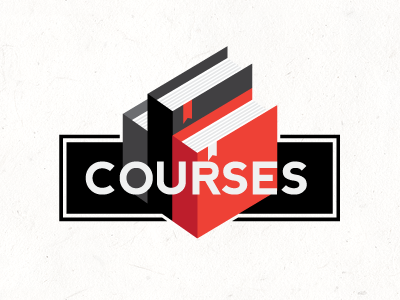Lean Six Sigma Green Belt
The Green Belt is the second certification in the Lean Six Sigma belt system. This Green Belt training course develops delegates’ knowledge of root causes, value, and risk management. Delegates will also learn about the Define, Measure, Analyze, Improve and Control (DMAIC) model, which is fundamental to Lean Six Sigma projects.
This course is split into two parts. Part one will cover the Lean Six Sigma Yellow Belt certification, which will teach delegates the main Lean Six Sigma principles. Part two will focus upon the Green Belt certification, which is described below.
This Lean Six Sigma Green Belt training course studies elements that are vital for project success in more detail, such as root causes, value, and risk management. Delegates will learn how to conduct analysis that can identify the root causes of waste, and learn how they use this data to create solutions. Doing this successfully is necessary to achieve business improvements.
Throughout this Green Belt training course delegates will also be introduced to the DMAIC model, which is an adaptable framework used to implement and track changes. Improvement strategies, working as a team, and preparation are areas that will be explored, as well as expenditure, reducing waste, and increasing the quality of performance.
As Green Belt is the second training course of the Lean Six Sigma series, it has a slightly higher difficulty than the Yellow Belt. Like the Yellow Belt, the Green Belt provides delegates with the knowledge and skills to be part of a Lean Six Sigma project team, however the Green Belt goes further as it teaches delegates how to lead their own Lean Six Sigma projects.
This Lean Six Sigma Green Belt training course covers the following:
Define:
- Project charter
- Business case
- Key customers
- House of quality
- Stakeholder analysis
- Voice of the customer
- Critical to quality requirements (CTQ)
- Verifying CTQs
- Identify and segment
- Hi-level process map
- Project plan
Measure:
- Understanding variability
- Measurement basics
- Measurement process and plan
- Selecting measures
- Data definition and sources
- Sampling
- Measuring yield and capability
- Implementing the measure plan
Analyse:
- Data analysis
- Scatter diagrams
- Run charts
- Pareto charts
- Frequency charts
- Variation and defect analysis
- Process mapping and analysis
- Value stream analysis
- Complexity
- Cause and effect analysis (CNX)
- Hypotheses analysis
- Verifying causes
Improve:
- Brainstorming
- Process vision
- Lean principles
- Enabling flow
- Level scheduling SMED
- Kanban
- Visual management
- Selecting solutions
- Theory constraints
- Developing solution options
- How to run kaizen events and improvement teams
- FMEA risk analysis
- Implementation planning
Control:
- Simple and necessary documentation
- Mistake proofing
- Statistics control
- Variation
- Control charts
- Bar and R charts
- Process management
- Lean Six Sigma score cards

ONEITECH EXPERIENCE
FAQS ON LEADING SAFE ONLINE COURSE
Yes, the instructor will set you a small amount of homework. We recommend you complete the homework in order tomaximise your chances of certification success.
When you have acquired the Green Belt certification, you will be able to run your own Lean Six Sigma projects. In terms of job roles, Green Belts can pursue careers including: Quality Leaders, Process Leaders, Business Analysts, and Improvement Engineers.
No, this is not necessary because the Green Belt covers the Yellow Belt.
The Lean Six Sigma Green Belt training course begins at 9am and finishes at 5pm.